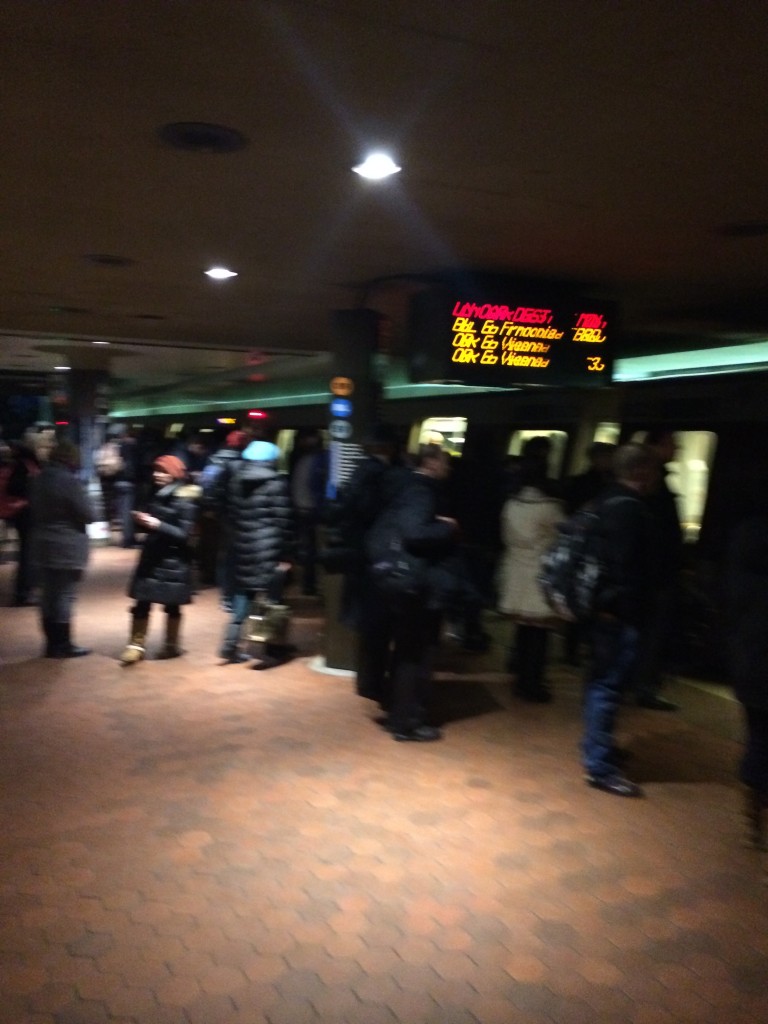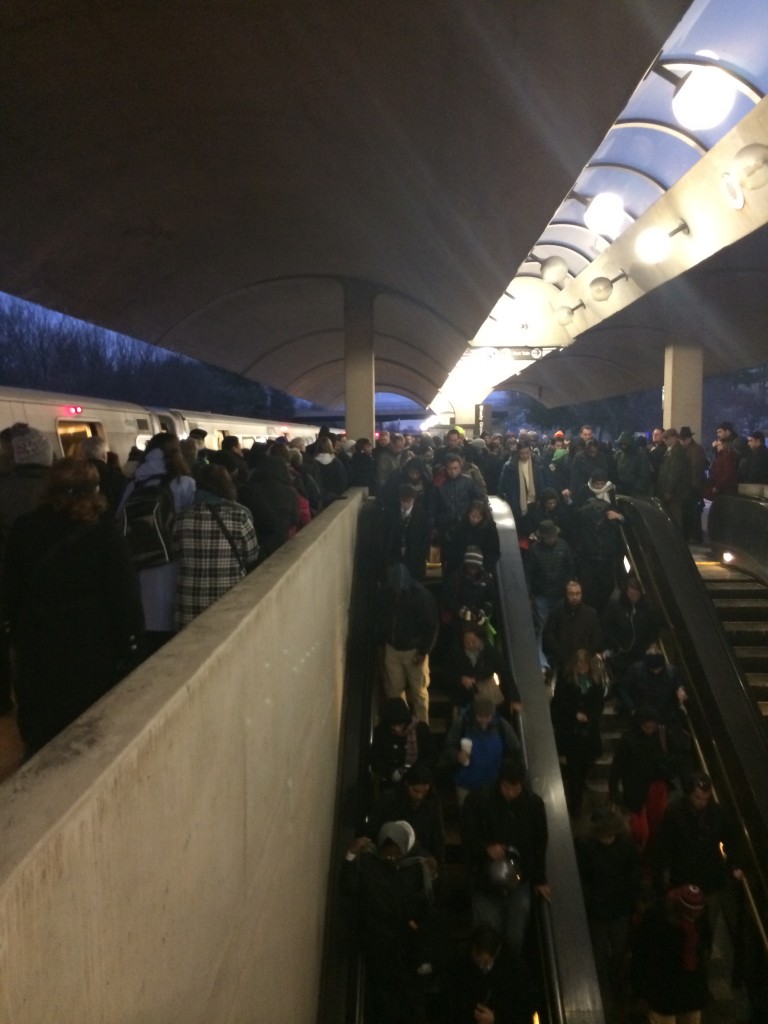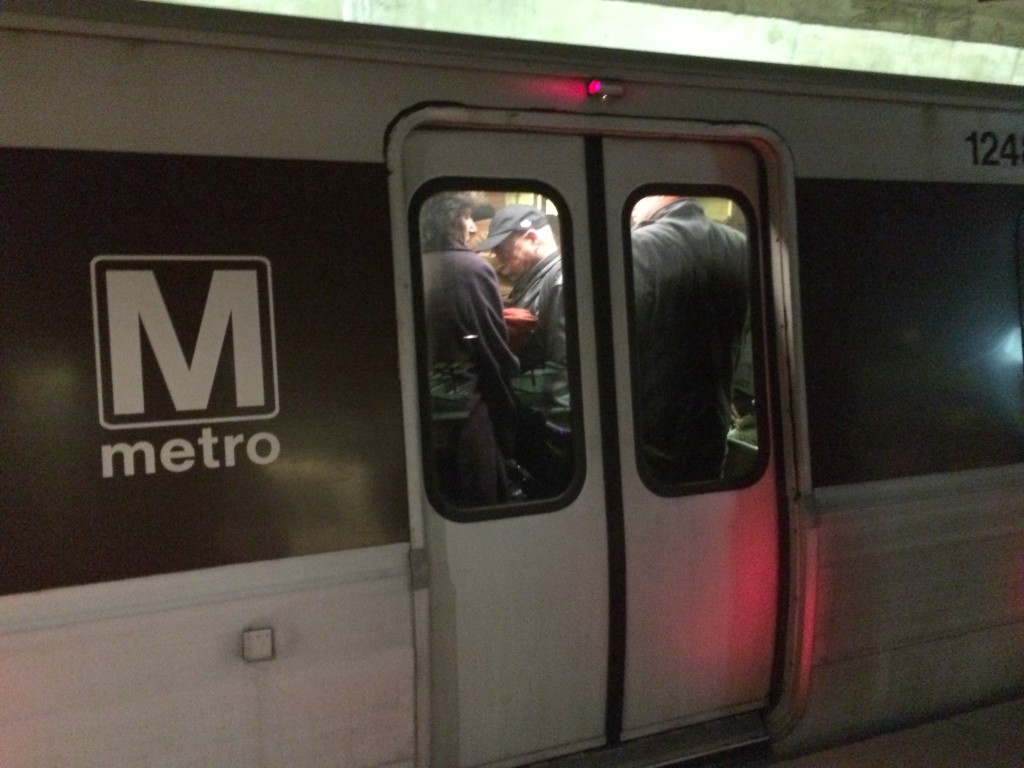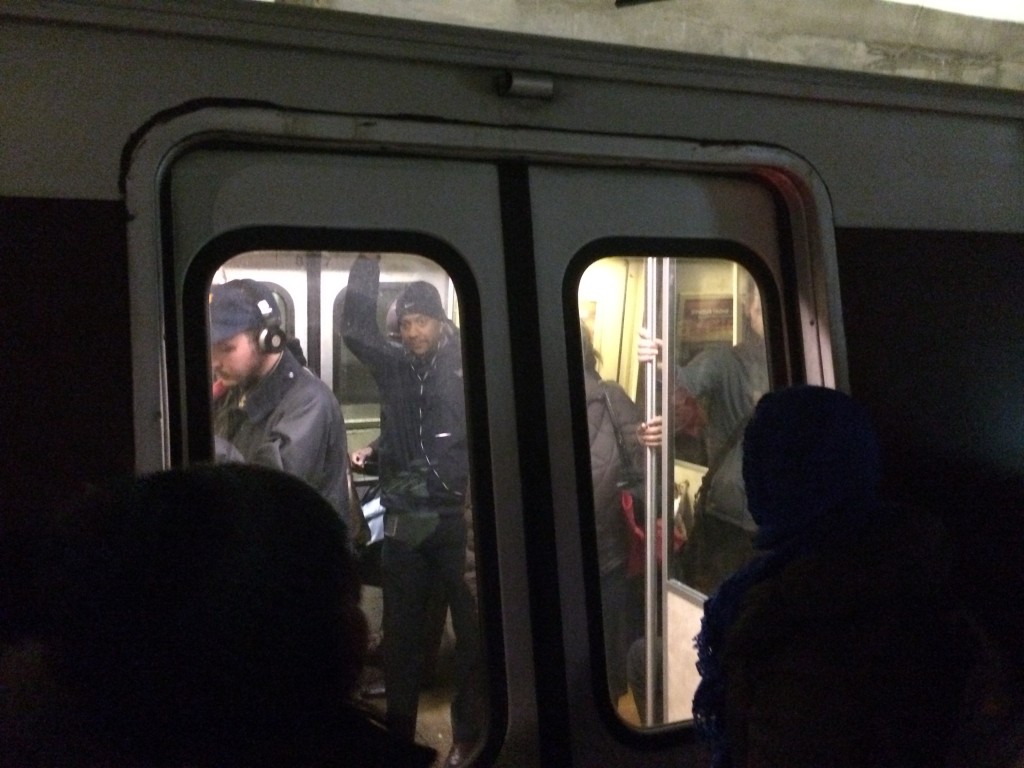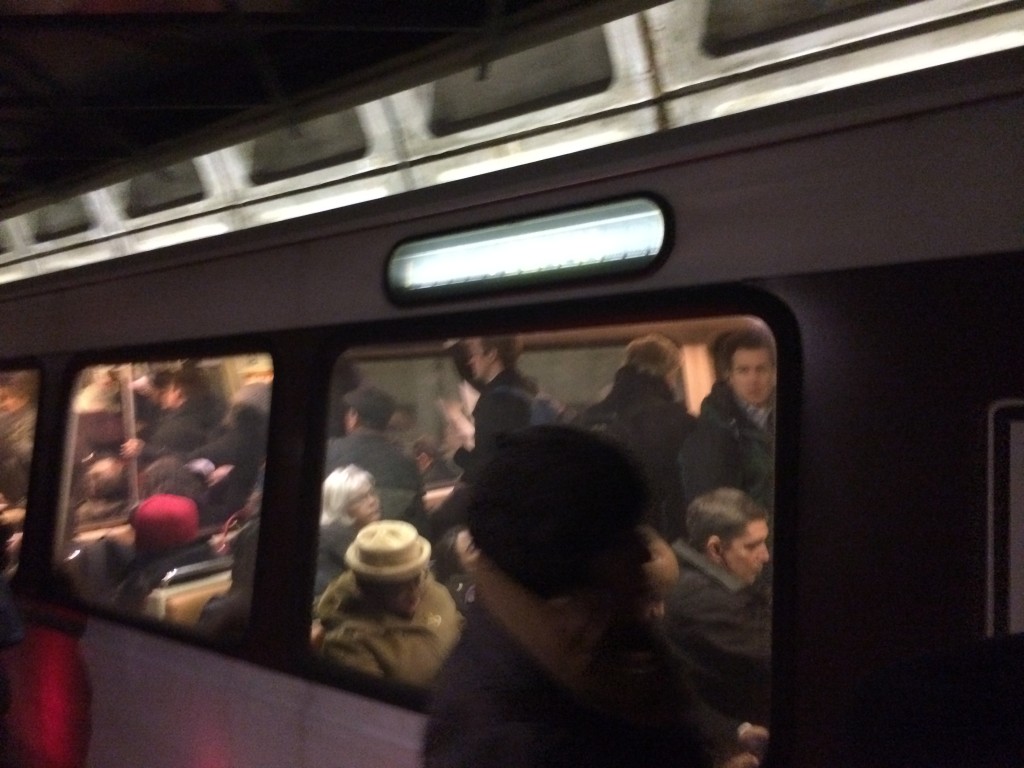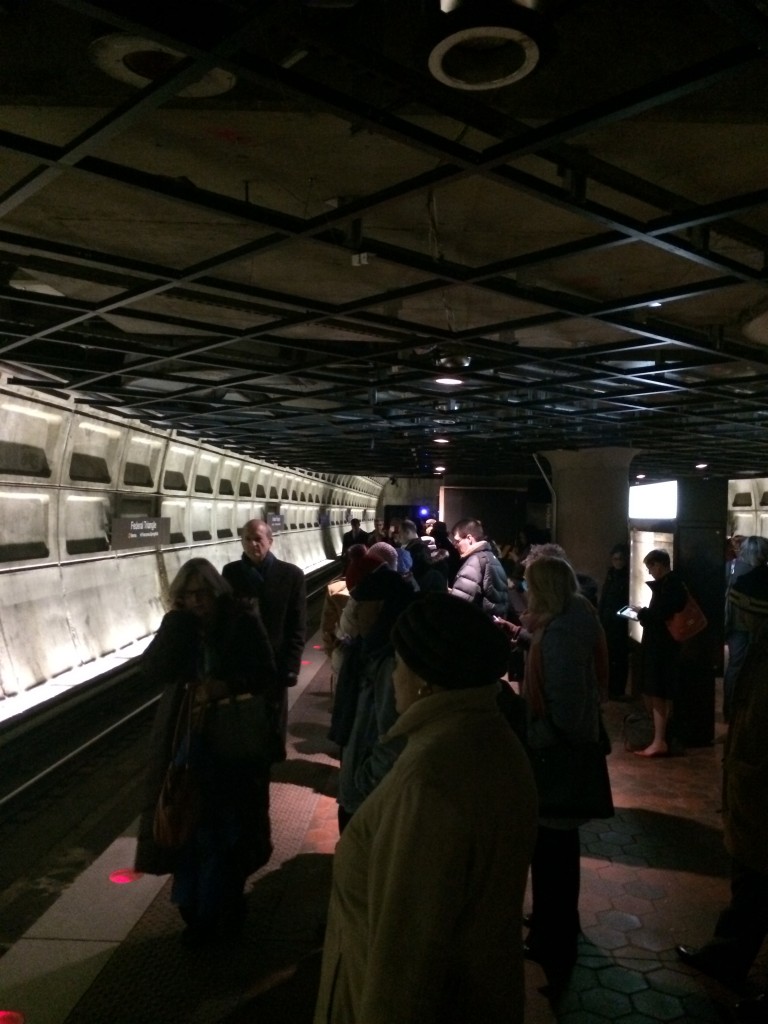Maryland transit officials say they will build a Purple Line station at Wayne Avenue and Dale Drive in Silver Spring when the 16-mile light-rail line is built between Montgomery and Prince George’s counties.
Maryland Transit Administration officials previously said they would design the Purple Line to allow for a future station at Dale Drive but wouldn’t build it until there was community consensus for it, as the Montgomery County Council had requested.
Some residents had opposed the station, saying they were concerned it would bring commercial and higher-density residential development to the neighborhood east of downtown Silver Spring. Those who favored it said a station would help residents reach the Silver Spring Metrorail station more easily.
Michael Madden, the MTA’s manager for Purple Line planning, said Tuesday that planners recently decided to build the station with the rest of the line because community support for it has grown. After releasing the project’s final environmental impacts study, he said, the state received 16 comments, including a petition signed by 203 people, favoring a Dale Drive station. The state received four comments from those opposed, he said.
A $2.2-billion Purple Line does not have full construction funding. State officials are pursuing federal aid, as well as private funding. Construction would begin in 2015 at the earliest, with the line opening in 2020, officials said.
A station at Dale Drive is projected to serve about 960 Purple Line passengers daily in 2040, Madden said. It would be the second lowest-ridership station along the 16-mile line. The lowest-ridership station, in Long Branch, would have an estimated 890 daily passengers in 2040, he said.
Even so, Madden said, a Dale Drive station would serve that community by helping people reach the Metrorail system more easily. Its costs were already included in the project’s overall $2.2-billion cost estimate, Madden said.
“We always assumed we’d build it,” Madden said. “The only question was when.”
Madden said the County Council has said it has no intention of increasing zoning densities around a Dale Drive station.
Jean Cavanaugh, who lives in the area, said she and some other residents are still concerned that those intentions could change in light of the county’s overall approach to concentrating new development around transit stations. She said the state has done no survey or other study to scientifically measure community sentiment about a Dale Drive station.
“The very fact that they’re putting a transit station in a neighborhood leads one to think the neighborhood will become more dense,” Cavanaugh said.
